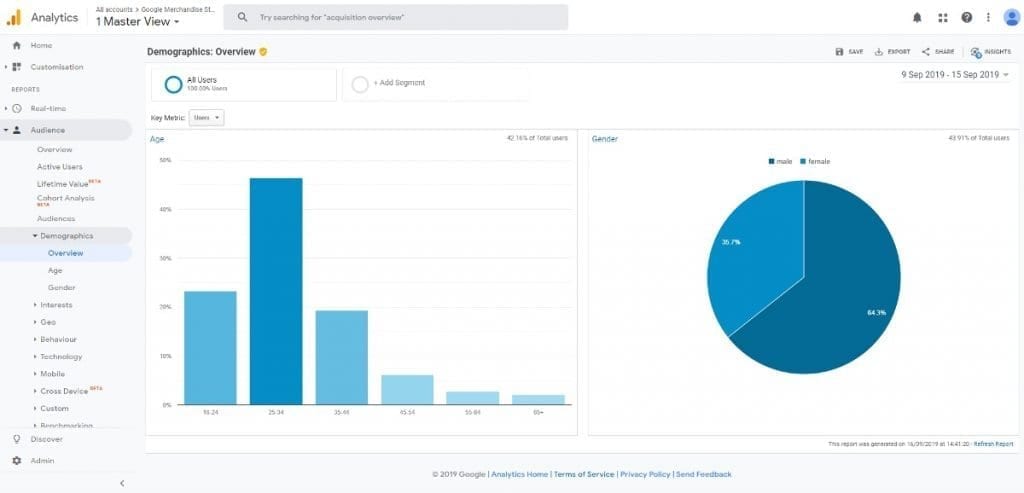
Navigation
Contact Information
Halifax (HQ) – 1625 Grafton St Suite 1600, Halifax, NS B3J 0E8
Toronto – 320 Front St W Suite 1600, Toronto, ON M5V 3B6
Email: info@timespacemedia.com
Phone: 902-429-8463
Subscribe to our insights newsletter

Rebranding has become increasingly necessary for many brands, regardless of industry. The pandemic turned our world upside down and shifted consumer values and attitude in a substantial way. These changes in behaviour are a big part of the uptick we are seeing in recent rebrands. Companies of all sizes and in all industries are reframing their branding from Facebook – or rather – Meta, to M&M’s, to KFC. Even the CIA hopped on the train and updated their logo to a very trendy, minimalist, grayscale design. It’s important to note that while there have been many rebrands of late, they haven’t all been successful. Rebrands that fall flat often do so when brands fail to consider who their target audience is and whether or not the rebrand will resonate with that audience. Thus, accurate audience identification is crucial for any brand contemplating a rebrand or refresh.
Rebranding is a technique used by organizations to help establish a new identity. It will often involve modifying logos, brand colours, and slogans, as well as overall marketing strategy and objectives. The overall goal of a rebranding is to formally set a new mission or path for the organization and help consumers and external stakeholders see the brand in a new light.
There is also brand refreshing, which is less involved than a rebrand. Refreshing is used when an organization wants to modify its existing logo, slogan, brand mission and philosophy, or other organizational objectives, rather than completely change it. In many cases, the physical branding will remain unchanged with only business goals or objectives being modified. It’s still used to respond to changes in the marketplace or customer base, but on a more minute scale.
There are many reasons why an organization might choose to rebrand or refresh. Expansion into a new marketplace, new organizational goals or objectives, a changing consumer base, or a merger or acquisition, to name a few. Rebranding or refreshing can also be driven by boredom and an overall need to switch things up in an effort to remain relevant in today’s fast-changing world.
A well-done example of a rebrand would be Dunkin’ Donuts dropping the donuts portion of their company name to just Dunkin’ to reflect their expanding product offerings. The company wanted to communicate to consumers that they were more than just a coffee shop, but a “premier beverage-led, on-the-go brand”. A big reason why the rebrand worked well is because the new brand, Dunkin’, was already used by customers to informally refer to the company, so it was a natural evolution for the company to adopt the name as the official brand name. However, companies should note that this advantage helps but isn’t the sole determinant factor of whether a rebrand will be successful.

Rebranding can be a successful process and give many companies the boost they need, but it requires preparation and is not something that organizations should do hastily. A rebrand without sufficient justification or planning can end up falling flat at best or backfiring at worst. A recent example of this was the M&M rebrand that we looked at a few months back. Essentially, the company revamped their mascots in an effort to reflect inclusivity but rebrand ended up coming across as disingenuous.
Any organization contemplating a rebrand or refresh needs to have a clear understanding of who their audience is. Researching and focusing on understanding your marketplace, your product offering(s), your consumer base, and how your brand fits into all of this is crucial to ensuring your rebrand goes smoothly. Lastly, ensure you maintain consistency when rebranding across all of your channels. Customers are receptive to consistent brand imaging as “consistent presentation of a brand has seen to increase revenue by 33 percent”.
Proper audience identification requires extensive consumer and marketing data but conducting social listening and monitoring on social media channels is a good way to get a rough idea of who your consumer is and how they think. It’s important to not strictly rely on this technique however as many brands will have individuals who aren’t on social media or if they are, they might not communicate or share feedback with brands.
It’s also wise for brands to consider how their rebrand will be perceived among loyal customers compared to new customers. We’ve talked about consumer loyalty before, which you can read about here, but essentially, loyal customers have brand history, so they’ll be comparing the rebrand to the previous brand logo, mandate, mission, etc, whereas new customers don’t have such history. They are experiencing the rebrand with little to no prior knowledge or experience with the brand, so their perception of the rebrand can be quite different. As such, taking both consumer perspectives into consideration is imperative.
Collecting demographic data is another important step in audience identification. You want to know the age of your consumer, income, gender, location. All of these factors will help you start visualizing your consumer and allow you to map out your rebrand effectively. Equally important, perhaps even more important than demographic data is psychographic data. Psychographic data tells you what consumers think. It allows brands to know what a consumer group’s opinions are, what their lifestyle is, and overall values, attitudes and beliefs. Knowing who your consumer is from a psychographic standpoint is vital. It allows you to tailor your rebrand to align with their views and outlooks. Statistics Canada is great for more general information but a service like Insights Lab by Time + Space, is exceptionally good at providing highly specific information to help develop a full picture view of a brand’s target audience.
Website data is another important tool in audience building. Google Analytics offers valuable insight into the consumers that are visiting a brand website and what they’re doing within that site. Google Analytics can give brands insight into the bounce rate, session duration, and information on the source of the traffic, which will be useful information to consider when mapping out your audience.

Lastly, after gathering all this information, it’s important to look at the data and the audience that has been built from it and determine if there are any gaps in the data. If there are, it’s important to contemplate how that data gap can affect the audience mapping. Data gaps mean assumptions will have to be made and because assumptions can be wrong, it’s a good idea to create several different scenario models and examine how each one affects the overall audience built. This can help plan the direction of the rebrand by allowing brands to create a blueprint that caters to all possible outcomes.
While there is always a risk of rebrands being perceived poorly, a lot of the risk can be mitigated with proper audience identification. Consumers are complex and a brand contemplating a rebrand has to be aware of who their consumer is and how they think to execute the rebrand in a way that connects and resonates with their audience, rather than alienates. If you’ve decided to initiate a rebrand or refresh and want help with audience identification and strategizing, don’t hesitate to reach out to us!
Halifax (HQ) – 1625 Grafton St Suite 1600, Halifax, NS B3J 0E8
Toronto – 320 Front St W Suite 1600, Toronto, ON M5V 3B6
Email: info@timespacemedia.com
Phone: 902-429-8463
Subscribe to our insights newsletter